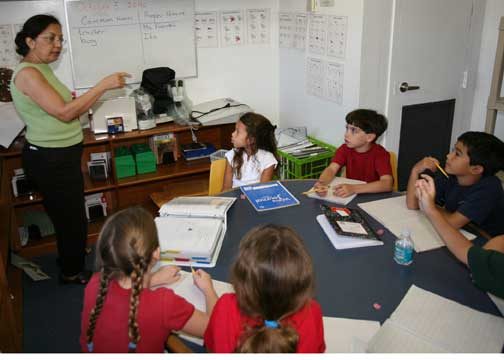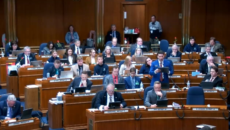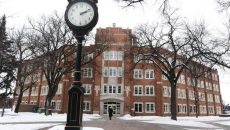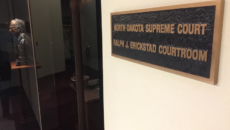Number Of North Dakota Schools Making Adequate Yearly Progress Continues To Decline

The North Dakota Department of Public Instruction sent out a press release this morning about the performance of state schools as defined by Adequate Year Progress. According to the numbers provided by DPI, the number of schools meeting AYP standards has declined yet again.
Here’s a chart showing the number of schools meeting AYP versus the number failing to do so. Since the 2010-11 school year, North Dakota has had more schools failing the AYP indicating than meeting it.

“Adequate yearly progress reports are generated based on (1) student achievement in reading and mathematics on the state’s annual assessments, (2) student attendance rates in elementary and middle schools, and (3) student graduation rates in high schools,” according to the DPI press release. “All school, district, and state performance rates are compared against approved achievement goals. ”
Of course, not everyone buys that the AYP metric, born of the federal No Child Left Behind legislation, is valid. North Dakota Superintendent Kirsten Baesler tried earlier this year to get a waiver for North Dakota from the standards:
Baesler said the key issue of disagreement between DPI and the U.S. Department of Education is over the level by which the number of non-proficient students need to be reduced over six years. North Dakota’s flexibility waiver application called for schools to achieve a 25 percent reduction during those six years; the U.S. Department of Public Instruction wanted the bar set higher, at 50 percent. Baesler said DPI staff and the Elementary and Secondary Education Act Planning Committee, made up of educators from across the state, believe that 25 percent is an ambitious, but realistic, attainable goal while 50 percent is not.
Baesler said the U.S. Department of Education has been too slow in making a determination about North Dakota’s application ,and, last Friday, asked the state to consider postponing discussion on the waiver to a later date. Baesler said this was not acceptable because it is necessary for schools across the state to begin scheduling and planning for the next school year.
“We developed a plan to help our schools move forward under the waiver, but we also have a plan to help the increasing number of schools who will be placed in program improvement status under the current No Child Left Behind requirements,” said Baesler in a press release. “We are prepared and procedures are currently in place to move forward with those plans.”
Baesler warns that these federal standards have essentially robbed the states of their policy-making authority on education issues:
Baesler urged the state’s congressional delegation to improve and reauthorize a school improvement bill.
“Only reauthorization of an improved Elementary and Secondary Education Act can provide the long-term certainty needed to pursue education improvement reforms and adopt effective standards,” said Baesler in the press release. “Failure to reform and reauthorize the ESEA has put undue authority in the USDE to dictate education reform through grants and waivers.”
Valid criticism, I think, but one still must look at these numbers and wonder why our schools aren’t performing better.







